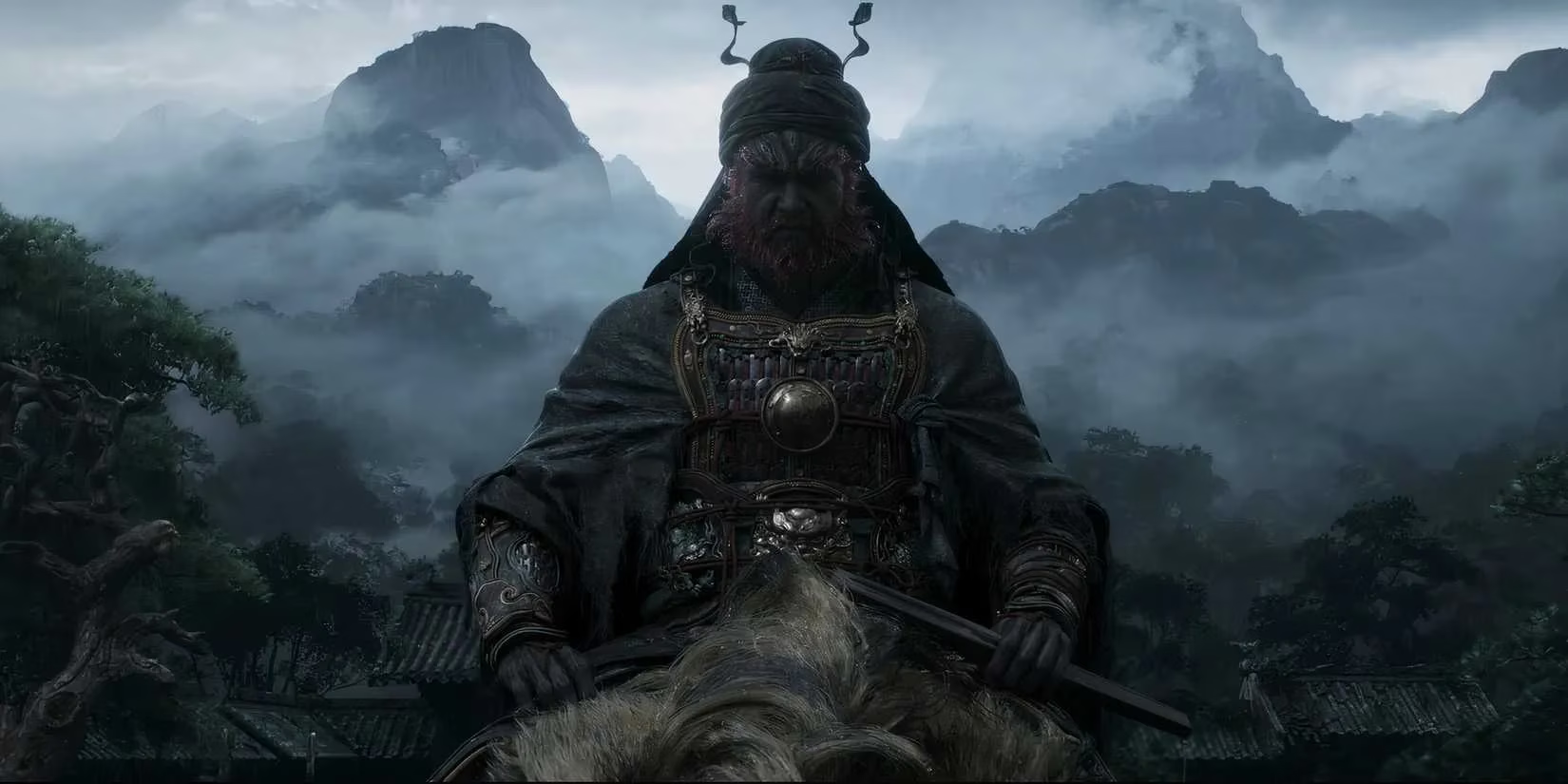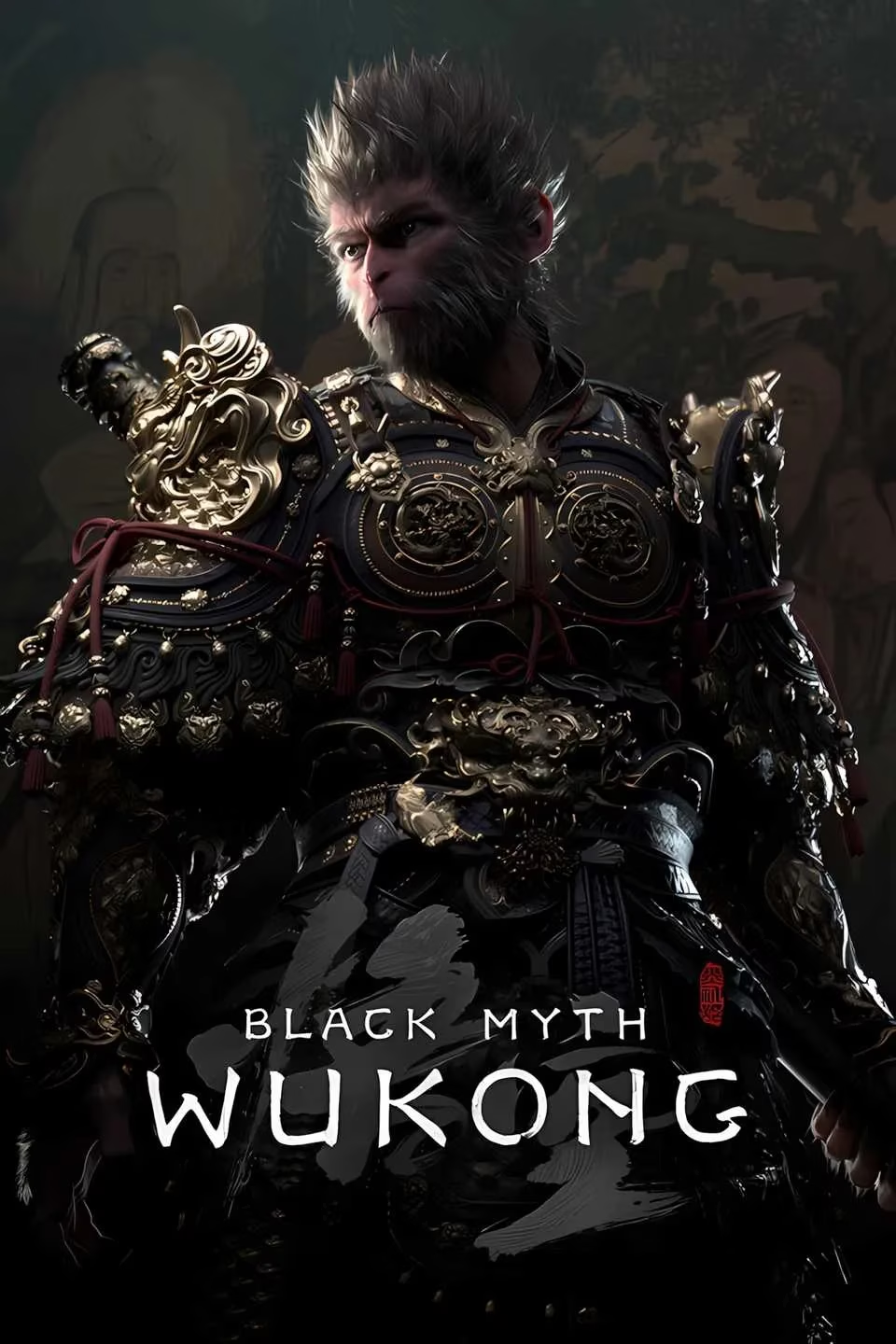How Black Myth: Zhong Kui Can Fix Wukong's Level Design Flaws
Discover how Black Myth: Zhong Kui aims to revolutionize exploration with stunning visuals, vertical design, and immersive storytelling beyond Wukong's limitations.
As Game Science prepares to unveil Black Myth: Zhong Kui in 2025, players worldwide are buzzing about how this spiritual successor can evolve beyond its predecessor's limitations. Wukong's stunning visuals and ambitious combat couldn't fully mask its frustrating level design issues – invisible walls that shattered immersion, confusing pathways that required post-launch map additions, and environments that felt more like decorative dioramas than living worlds. Zhong Kui represents a golden opportunity to transform these pain points into strengths, reimagining exploration for this beloved mythological universe.

Wukong's Tripping Points
That beautiful Pagoda Prison level? It became a nightmare for many players midway through the adventure. The core issues boiled down to:
-
Invisible Wall Overload 🤯: Constantly bumping into invisible barriers while seeing vast, unexplorable vistas
-
Tunnel Vision Design 🚇: Overly linear paths with zero meaningful branching routes
-
Static Environment Syndrome 🖼️: Beautiful but uninteractive scenery that served as wallpaper rather than gameplay space
Remember how players demanded a map months after release? That wasn't just a quality-of-life request – it was a distress signal from gamers drowning in confusing corridors. The backtracking headaches and missed secrets revealed fundamental navigation flaws that shouldn't exist in modern action RPGs.
Vertical Dreams for Zhong Kui
Here's where things get exciting. Zhong Kui could revolutionize the experience by embracing three-dimensional thinking. Wukong's flat battlefield designs felt strangely archaic when even indie titles offer sophisticated verticality. Imagine:
| Feature | Wukong's Approach | Zhong Kui's Potential |
|---|---|---|
| Level Design | Mostly horizontal planes | Multi-layered climbing/jumping puzzles |
| Exploration | Guided tour experience | True environmental discovery |
| World Interaction | Decorative objects | Destructible elements & terrain tactics |
Adding verticality isn't just about climbing walls – it's about transforming how players perceive space. Temple rooftops could hide scrolls revealing lore, while canyon depths might conceal ancient spirits guarding power-ups. This approach would naturally reduce those immersion-breaking invisible walls too.
Rewriting the Exploration Handbook
Game Science's developers clearly understand epic scale, but Zhong Kui needs environmental storytelling that doesn't rely solely on cutscenes. Think subtle visual clues in architecture 👁️, dynamic weather affecting enemy behavior 🌧️, or ruins hinting at forgotten dynasties. The studio could:
-
Implement organic enemy placement where creatures actually inhabit spaces rather than spawn
-
Create physics-driven interactions (collapsing structures, reactive foliage)
-
Design branching paths with tangible rewards for curiosity
-
Develop terrain-based combat strategies (luring foes into traps, using height advantages)
That map controversy taught a valuable lesson: navigation tools shouldn't be bandaids. Whether Zhong Kui includes maps or not, players should intuitively grasp spatial relationships through landmarks and smart design.
The Sequel's Promise

Zhong Kui stands at the threshold of something special. By learning from Wukong's missteps, Game Science could deliver that elusive magic where environments feel alive and exploration becomes joyful rather than frustrating. The ingredients are all there – rich folklore inspiration, proven combat mechanics, and stunning visual artistry. Now it's about weaving them into cohesive worlds where every cliffside, temple courtyard, and misty forest path invites genuine discovery rather than corridor shuffling. The 2025 release gives ample time for this philosophy shift to crystallize.
What environments do YOU hope to explore in Zhong Kui? Share your dream mythological landscapes below and let's build anticipation together! 🔥🗺️